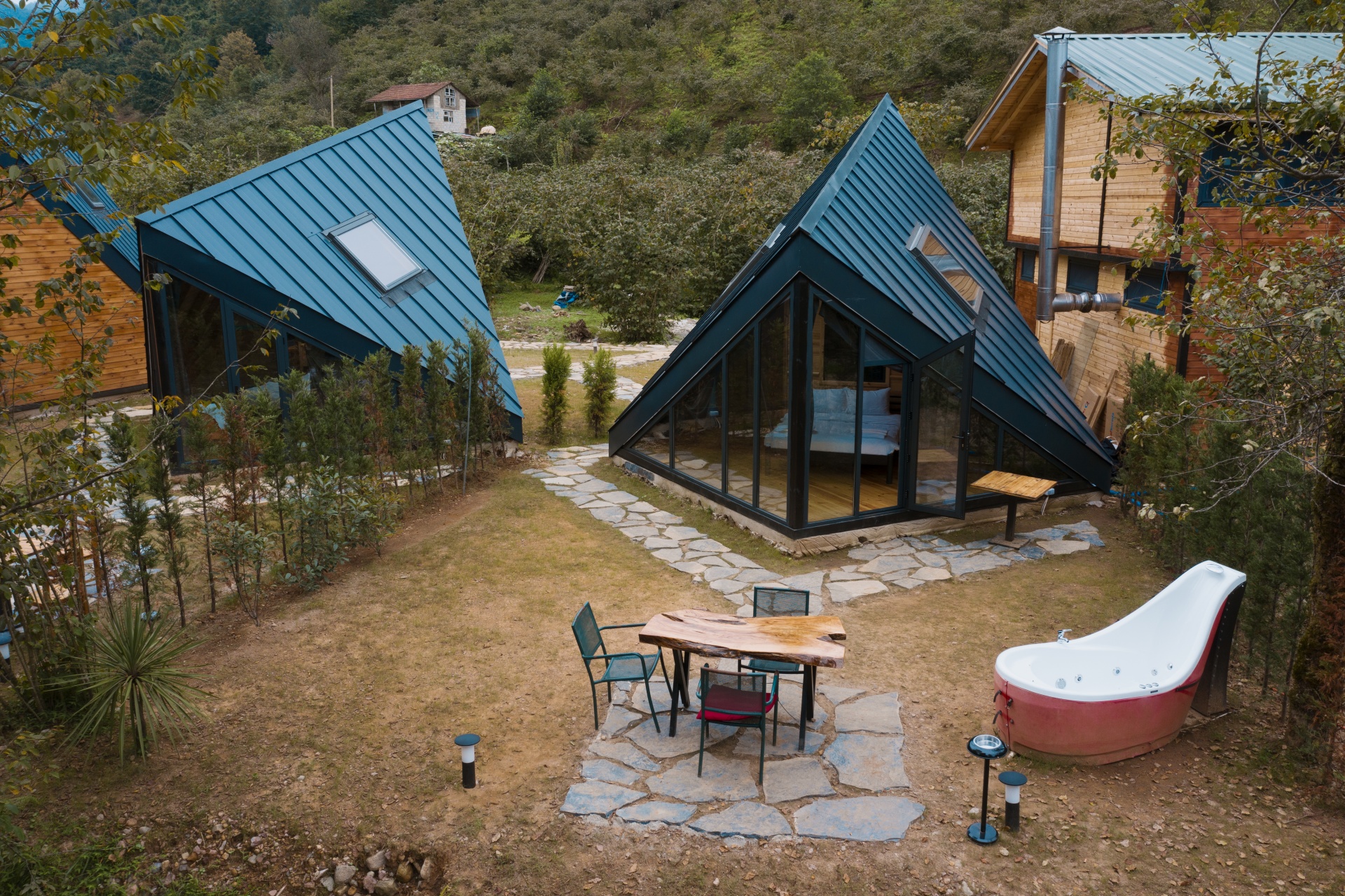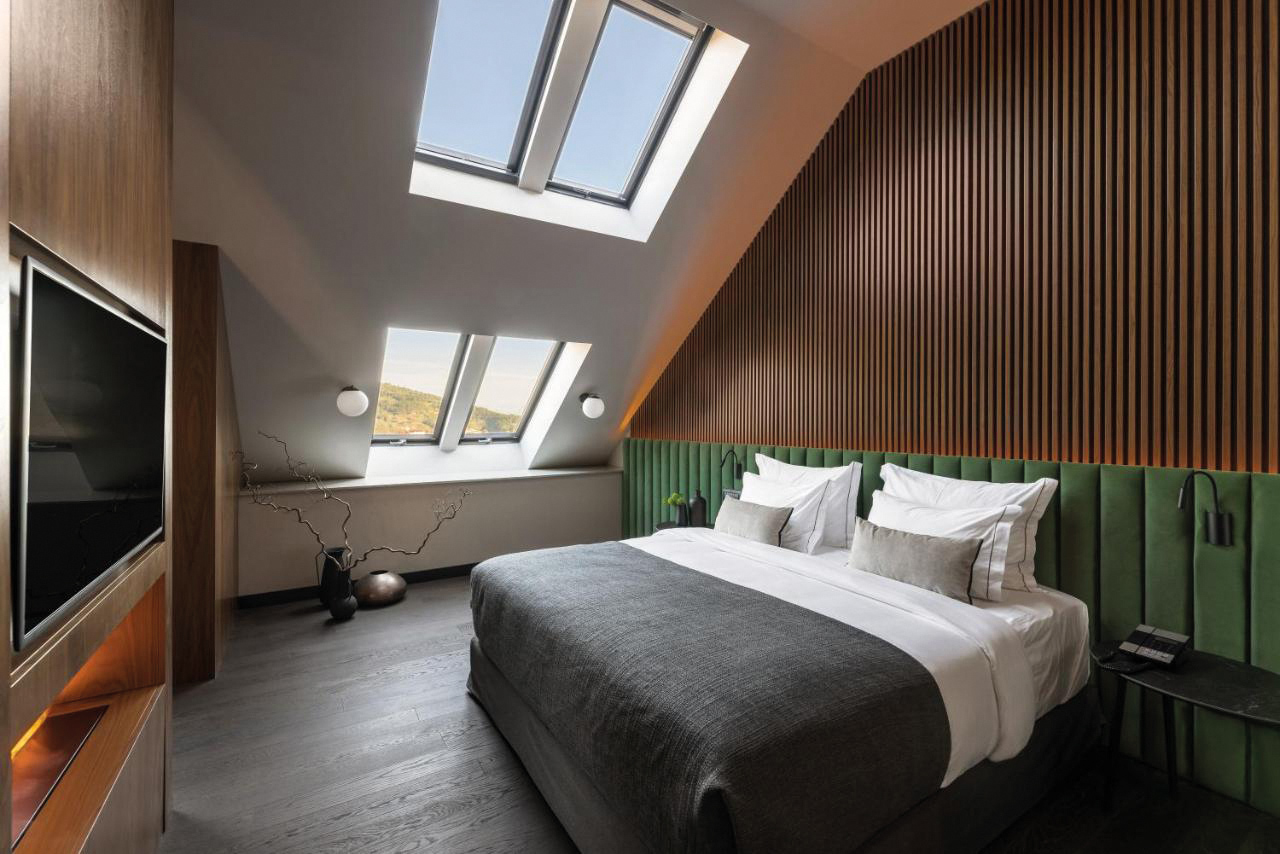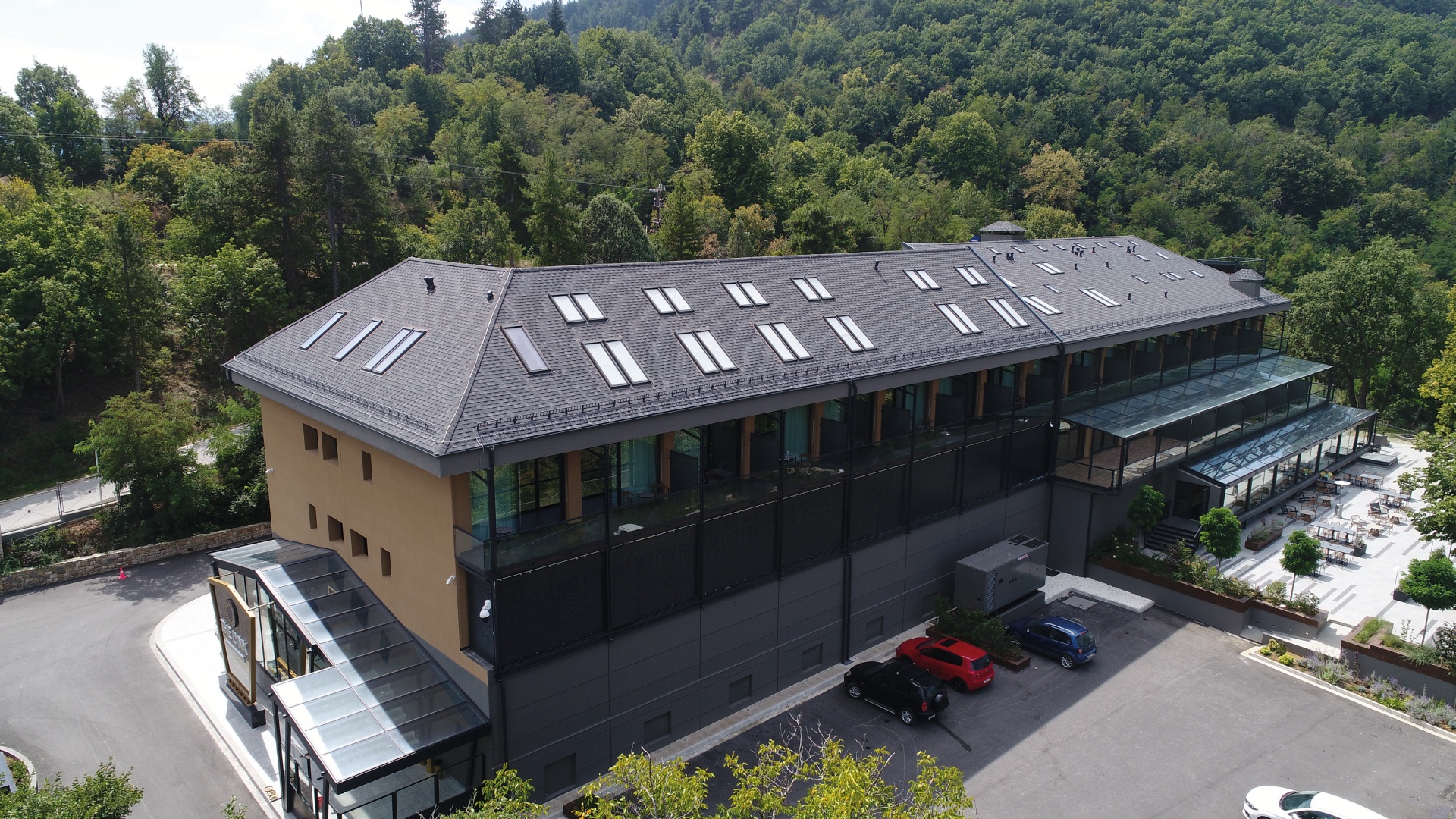The Environmental Impact of Roof Window Manufacturing
Due to the materials and methods involved, roof window production can have a considerable impact on the environment. Companies such as Fakro are actively working to minimise this impact. By using sustainable materials, they are able to reduce the carbon footprint associated with production, both by lowering the intensity of manufacturing processes and by helping households reduce their heating and cooling requirements.
The Importance of Sustainable Practices in Roof Window Manufacturing
Sustainability should never be sacrificed in the pursuit of industrial growth. In fact, it plays a crucial role in ensuring the long-term viability of roof window manufacturing. Increasing expectations from environmentally conscious consumers place pressure on companies offering green building solutions, particularly in the demand for energy-efficient roof windows. High levels of carbon emissions from window production are no longer acceptable—they must be addressed in order to retain consumer trust and remain competitive.
Sustainable manufacturing not only meets consumer expectations but also supports the global fight against climate change. Eco-conscious production practices within the roof window industry can significantly cut emissions, reduce fuel consumption, and encourage the use of sustainable building materials. Fakro, a leader in innovative roof window solutions, has already shown its dedication to environmentally friendly practices. Its range of nature-friendly products and transparent approach to sustainability sets a benchmark within the sector.

Materials Used in Roof Window Production
Understanding the environmental impact of roof window production begins with an examination of the materials used. Here’s an overview of commonly used materials and their sustainability credentials:
-
Wood: Valued for its natural appearance and renewability, wood is also biodegradable. Many manufacturers use timber certified as sustainable, supporting the preservation of forest ecosystems.
-
Aluminium: Lightweight and durable, aluminium is a popular choice for window frames. Though energy-intensive to produce, it can be recycled endlessly, which helps mitigate its environmental cost over time.
-
PVC (Polyvinyl Chloride): Widely used for its durability and cost-effectiveness, PVC is not biodegradable. However, modern recycling technologies have improved its sustainability. Fakro employs environmentally friendly PVC to help minimise waste.
-
Glass: Traditionally, the most resource-demanding component, glass has often contributed to heat loss. Thanks to advances in insulation, high-performance glazing now enhances building efficiency and helps reduce environmental impact.
A significant portion of the environmental footprint in window production stems from the manufacturing processes themselves. A thorough understanding of these practices is key to identifying areas for improvement.
Environmental Impact of Manufacturing Processes
Only by fully understanding manufacturing processes can we fairly assess their environmental implications and identify opportunities for refinement. Below are key factors influencing the environmental footprint of roof window production:
Energy Consumption
Roof windows are typically produced using energy-intensive methods such as extrusion, forming, and finishing. Without optimised processes, these steps can lead to excessive use of energy and resources.
Leading manufacturers are addressing this issue by incorporating renewable energy sources, such as solar and wind, into their operations. This shift reduces reliance on fossil fuels and helps lower overall emissions.

Emissions and Waste Management
Manufacturing waste and emissions can seriously damage the environment. Greenhouse gases generated during production contribute to global warming, while non-recyclable waste can have long-term ecological consequences.
Sustainable manufacturers are implementing waste reduction programmes. These include using recyclable or upcycled materials in place of conventional disposal methods. For instance, Fakro has heavily invested in technologies that reuse leftover raw materials, significantly reducing waste.
Benefits of Eco-Friendly Roof Windows
Adopting environmentally friendly roof windows offers benefits that extend far beyond ecological considerations. These sustainable innovations are transforming buildings by enhancing comfort, reducing energy usage, and contributing to a lower carbon footprint. Here’s how:
-
Energy Efficiency
Sustainably designed roof windows incorporate features like thermal insulation, triple glazing, and airtight sealing. These innovations help retain heat in winter, block excessive heat in summer, and reduce dependence on artificial climate control—saving both energy and money. Additional technologies, such as infrared-reflective coatings, further improve efficiency while allowing natural light in. -
Improved Indoor Air Quality
Eco-friendly roof windows help maintain cleaner indoor air. Integrated vents and smart sensors enable natural ventilation, even when the window is shut. This helps remove pollutants, regulate humidity, and reduce the risk of mould, creating healthier living environments. -
A Lower Carbon Footprint
By using responsibly sourced wood, recycled aluminium, and other sustainable materials, manufacturers can significantly lower emissions. Enhanced energy performance reduces a home's reliance on heating and cooling, and many firms now offer recycling programmes to support ongoing sustainability. -
Aesthetic and Functional Value
Green roof windows offer both style and functionality. Their modern, thoughtful design complements sustainable architecture and enhances the overall look of any space—while maintaining high environmental standards.
Fakro exemplifies this balance, offering advanced options like Electric Roof Windows that showcase how innovation can support a greener, smarter lifestyle.

The Future of Sustainable Roof Window Manufacturing
The future of roof window manufacturing lies in environmentally responsible innovation. As the urgency around climate action and resource conservation grows, manufacturers must evolve accordingly. Sustainability is now a core focus, and several key trends are shaping the industry's direction:
-
Circular Economy Practices
Manufacturers are designing roof windows with end-of-life recycling in mind. Modular designs that allow for replacement parts not only extend product lifespan but also reduce costs and waste, aligning with circular economy principles.
-
Smart Technology Integration
Roof windows now come equipped with smart sensors that detect temperature, humidity, and sunlight. These features enable automatic adjustments for optimal comfort and energy efficiency. Smart blinds, improved ventilation, and enhanced glazing work together with home automation systems to create future-ready, eco-conscious solutions.
-
Net-Zero Manufacturing
The industry's goal is to achieve net-zero emissions by cutting greenhouse gases rather than simply offsetting them. Industry leaders like Fakro are investing in renewable energy, streamlined production, and advanced technologies to reduce waste. Their commitment extends to eco-friendly supply chains and rigorous environmental standards.
-
Collaboration with Architects and Builders
Creating truly sustainable buildings requires collaboration across sectors. Manufacturers must work closely with architects and builders to integrate green products like eco-friendly roof windows into modern construction. Fakro remains at the forefront of this shift, offering innovative solutions that not only reduce emissions but also support a more sustainable future.






